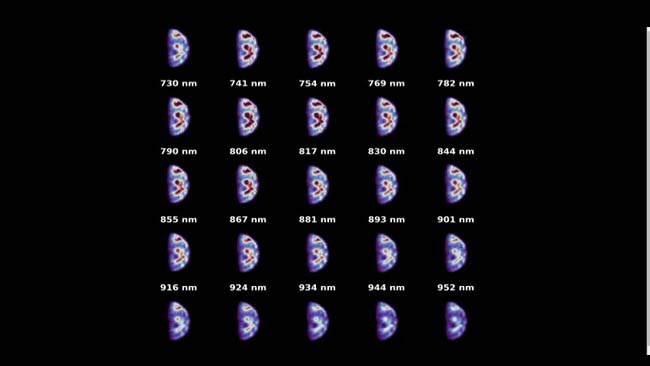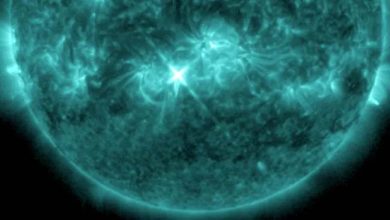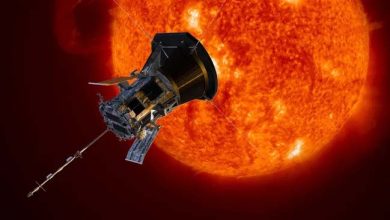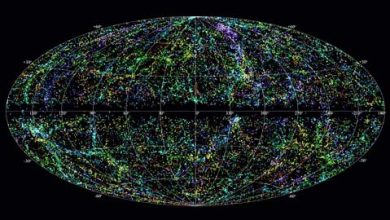Earth certainly looked scary in ‘hyperspectral’ images

SCIENCE: A strange Earth shines in new images captured by the European asteroid mission. The Hera spacecraft, launched this month to study a binary asteroid system up close, turned its eye back to our planet to capture eerie views of Earth in multiple wavelengths of light. The imagery was captured from about 1.25 million miles (2 million kilometers) away using Hera’s HyperScout H hyperspectral imager.
In addition to being beautiful space art, the imagery “allows us to observe cloud patterns on our planet,” instrument team member Marcel Popescu, of the University of Craiova in Romania, said in a European Space Agency (ESA) statement released today (Oct. 31). Popescu quoted planetary scientist and space popularizer Carl Sagan (1934-1996): “All our life is contained in these few pixels.” The ESA-led Hera mission launched on October 7 with a SpaceX Falcon 9 rocket from Cape Canaveral Space Force Station in the coastal region of Florida.
According to Hera’s mission, the spacecraft is to arrive at an asteroid pair in 2026, following NASA’s Double Asteroid Redirect Mission, or DART for short. DART had a direct impact on the smaller asteroid called Dimorphos. The collision caused Dimorphos’ orbit around its larger companion, Didymos, to permanently change.
DART demonstrated a planetary defense strategy that could be useful in deflecting dangerous asteroids away from Earth. Hera’s job is to take a closer look at the aftermath of the collision, given that DART’s impact has only been examined by telescopes so far. HyperScout H, the Hera instrument that just observed Earth, will investigate the mineral composition of Dimorphos upon its arrival.





